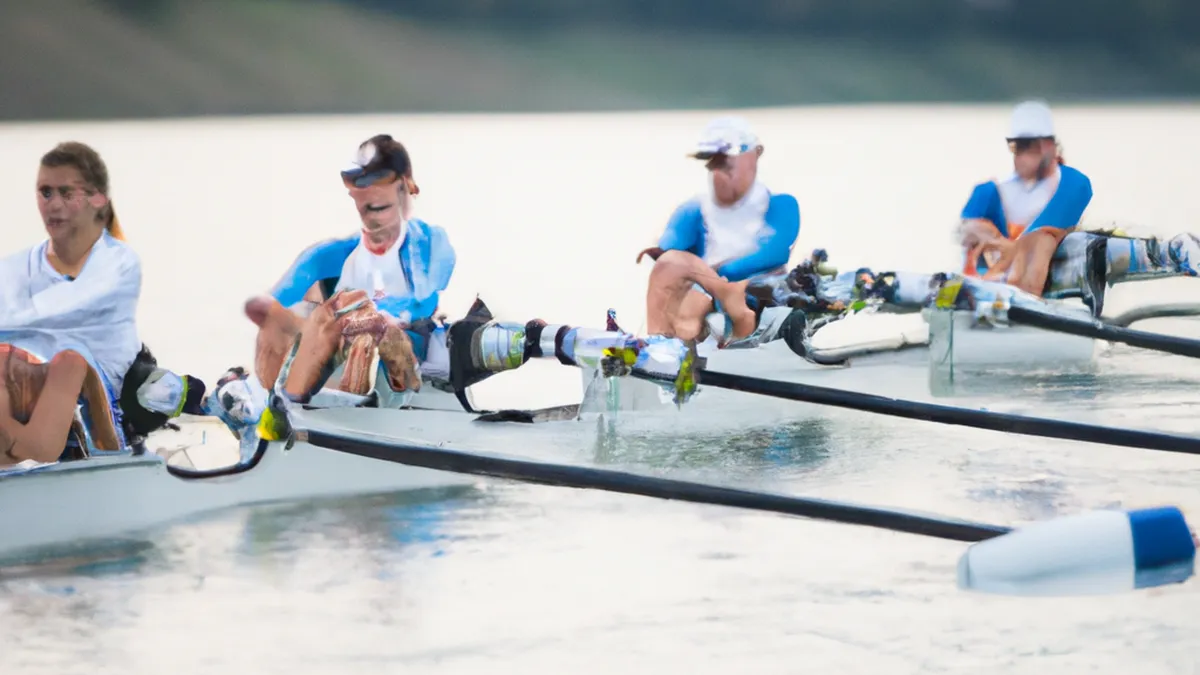Analyze Workouts: Load and Progression
Metrics for Assessing Training LoadIn sports and fitness, athletes must understand training load to maximize performance and reduce injury risk. Training load includes the physical and psychological stress athletes face during training. Coaches and athletes use various metrics to quantify this load, helping them make informed training decisions. This blog discusses effective metrics for assessing training load, implementation tips, and associated benefits.
What is Training Load?
Training load represents the cumulative stress athletes experience during training. It includes training intensity, duration, and frequency. Understanding training load helps athletes balance intensity, volume, and recovery. This balance enhances performance while lowering the chances of overtraining and injury.
Types of Training Load Metrics
Coaches and athletes use different metrics to assess training load. Here are some commonly used metrics:1. **Session RPE (Rate of Perceived Exertion)** – Session RPE allows athletes to rate their exertion on a scale of 1 to 10 or 1 to 20. This subjective measure provides immediate feedback on session difficulty and helps gauge perceived exertion in different training contexts.2. **Training Impulse (TRIMP)** – TRIMP quantifies training load scientifically by combining heart rate data with session duration. It evaluates workout intensity and training time to produce an overall training score. Coaches can assess physiological demands using TRIMP during sessions.3. **External Load** – External load measures the physical demands of a workout, such as distance, speed, and weight lifted. Coaches can collect these metrics using GPS devices and heart rate monitors, tracking the work done during training.4. **Internal Load** – Internal load reflects the body’s response to training stress. Coaches assess it through heart rate variability (HRV), blood lactate levels, and cortisol levels. Monitoring internal load helps understand how well the body copes with training demands.
Tips for Assessing Training Load
Accurate training load assessment enhances training programs. Here are tips to improve assessment strategies:
Use Multiple Metrics
Avoid relying on a single metric, as it can lead to misleading conclusions. Instead, combine multiple metrics for a comprehensive view of training load. For instance, use Session RPE alongside heart rate data to capture both perceived effort and physiological response. This approach offers a more accurate representation of training stress.
Monitor Recovery
Track recovery to ensure athletes can handle training loads effectively.
Conclusion
As an Amazon Associate I earn from qualifying purchases.
Gear tip: consider tens unit, compression sleeves, and compression socks to support this topic.
In summary, understanding and assessing training load through various metrics can significantly enhance athletic performance and reduce injury risk.
Below are related products based on this post:
FAQ
What is training load?
Training load represents the cumulative stress athletes experience during training, encompassing factors like intensity, duration, and frequency. Understanding this concept helps athletes balance their training efforts with recovery to improve performance and minimize injury risks.
What are some common metrics for assessing training load?
Common metrics include Session RPE (Rate of Perceived Exertion), Training Impulse (TRIMP), external load, and internal load. Each of these metrics provides unique insights into the physical and psychological stresses athletes face during their training sessions.
How can athletes improve their training load assessment strategies?
Athletes can enhance their training load assessment by using multiple metrics to avoid misleading conclusions. Additionally, monitoring recovery is essential to ensure that athletes can effectively manage their training loads and prevent overtraining.















Post Comment